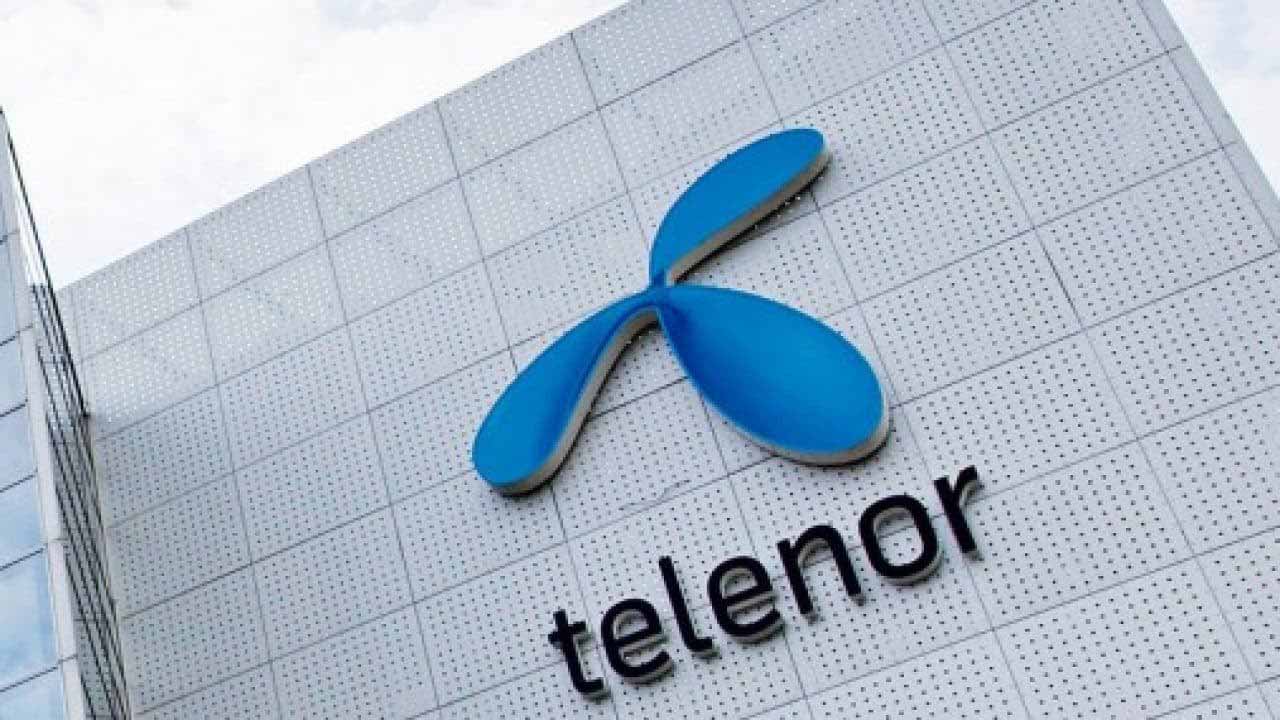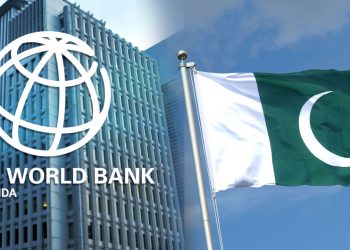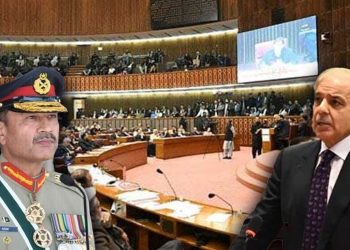Ownership of the country’s second-largest cellular service provider may soon change hands as Telenor Pakistan looks to exit the country amid the growing cost of doing business and shrinking prospects.
That privy to the development, say that Telenor Pakistan is in discussions to sell its operations with an international telecom company based in the United Arab Emirates.
Although a Telenor Pakistan official declined to comment on the development officials said during the talks between the Emirati firm, which already has a strong presence in Pakistan, and Telenor has reached an “advanced stage”.
The presence of an agreement was also confirmed by a well-placed source within the IT ministry, who declined to provide any further details on the record.
Prospective buyer looking to secure Pakistan’s 2nd largest telecom provider for just under $1bn.
In November, Bloomberg revealed that the telecom provider located in Norway had hired Citigroup to handle the bidding process.
However, a source in the business reports says that the Norwegian company has engaged not one, but two reputable, global investment banks to execute the sale.
The company’s operational costs have touched $55 million, the source said, pointing out that the largest chunk of this was consumed by electricity prices documents show that in the outgoing financial year, the company paid around $17 million in power bills alone to keep its infrastructure running.
In view of this, experts believe it makes sense that Telenor Pakistan would want to reduce losses and would want to grow into an area where economic prospects or rates of return are better than in Pakistan.
The company had reportedly set an asking price between $1 billion and $1.2bn, but the interested party is looking to spend $780-910 million on the acquisition.
“The Emirati company already has a sizable presence in Pakistan, in nearly all key areas of the telecom sector and it is interested in further consolidating its position,” the source said.
The source stated that the company had started experiencing losses as a result of the quick appreciation of the US dollar and identified this as the main driver behind the sale.






